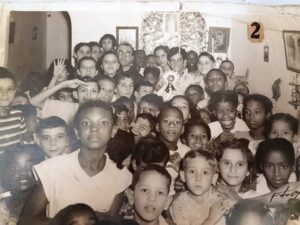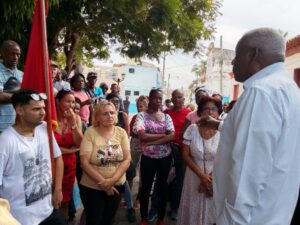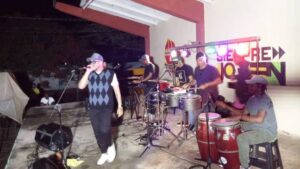February 24th, 1895: the Cry that woke up Cuba.
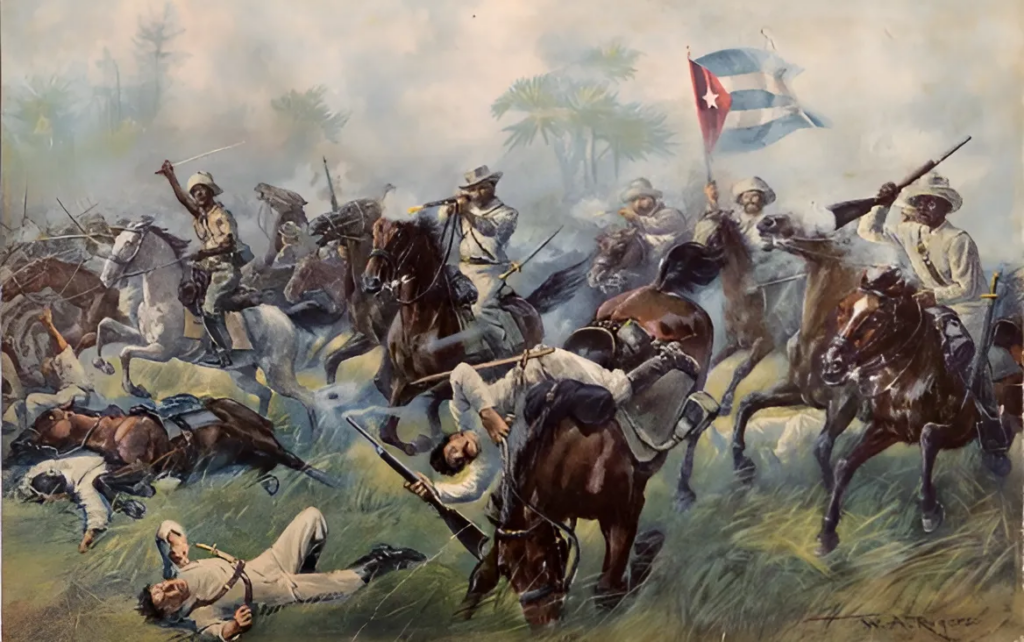
The Necessary War of 1895 is, without a doubt, a historical event of great relevance for the largest of the Antilles, since it marked the beginning of a new chapter in the struggle for independence and social justice.
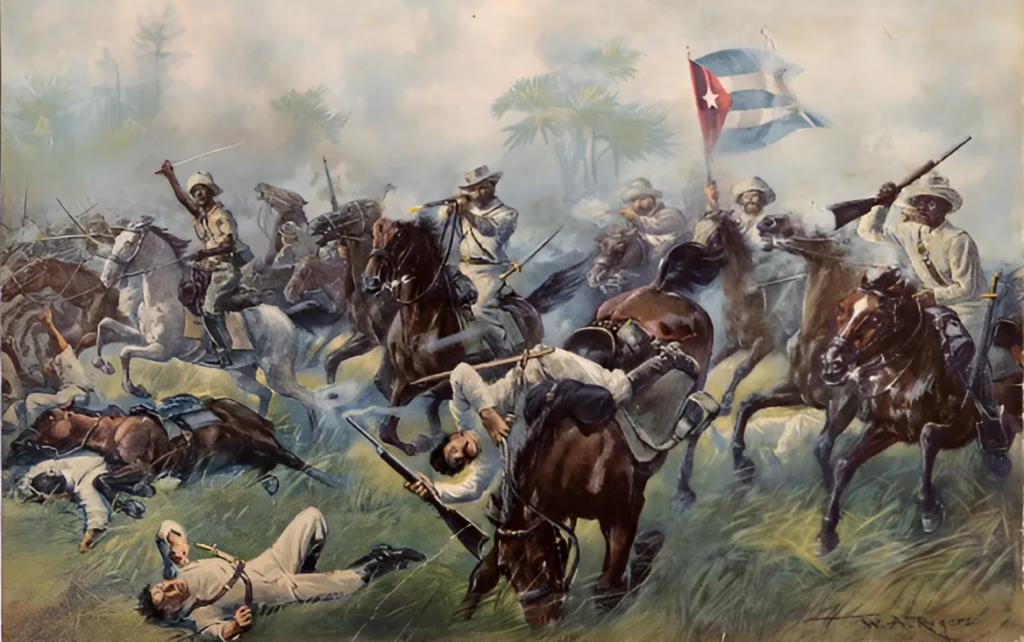
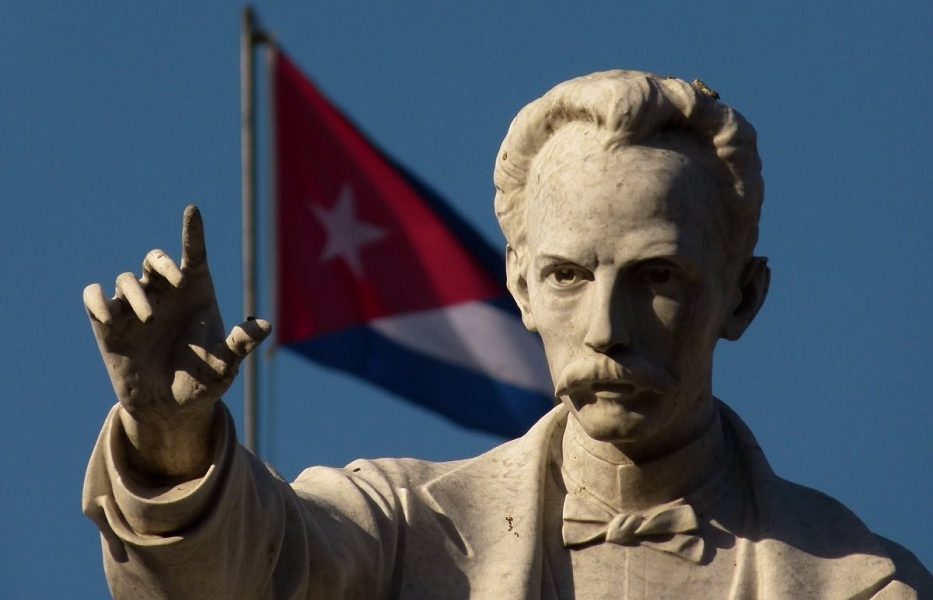
On February 24th, 1895 Cuba erupted in an insurrection that marked the resumption of its struggle for independence against Spain. 130 years ago today, the Necessary War came to life, led by José Martí, at a critical moment for the Antillean people. The island, under the weight of colonial oppression, saw the emergence of rebel groups from East to West, a coordinated effort that sought to change its destiny.
The year had begun with a setback: the Fernandina Plan, devised by the Master to send arms from the United States, failed when it was intercepted by the northern authorities. Far from discouraging the independence fighters, this accelerated their emancipation interests and on January 29, in New York, the Apostle, together with José María Rodríguez and Enrique Collazo, signed the order for the uprising, setting the second half of February as the deadline and sending it to key figures such as Juan Gualberto Gómez, Guillermón Moncada and Bartolomé Masó.
Preparations advanced rapidly. Juan Gualberto, from Havana, distributed the mandate, while messengers such as the young student Tranquilino Latapier and the matancero doctor Pedro Betancourt took the instructions to Oriente and Las Villas, respectively. Quintín Bandera suggested the 24th, a carnival Sunday, to take advantage of the distraction. Although Camagüey resisted and Francisco Carrillo hesitated due to lack of weapons, the plan of a simultaneous uprising took shape in the hope of disconcerting the Spanish forces.
That day Oriente was the epicenter. Guillermon Moncada settled in the Loma de La Lombriz, Bartolome Maso raised the flag in Colmenar de Bayate, and in Baire, Saturnino Lora gloriously fired his revolver. Some 35 uprisings arose, but in the West many failed due to the scarcity of resources and the colonial response. Periquito Perez secured the coast of Guantanamo, while in Yara 80 insurgents took control.
The objective of simultaneity was not completely fulfilled. In Matanzas, Juan Gualberto faced defeat and Julio Sanguily, inexplicably, was detained in Havana by the Hispanic authorities. In spite of these setbacks, February 24 marked a point of no return. The guerrilla pockets that survived in the south of Oriente were consolidated, preparing the ground for the expeditions of Antonio Maceo and Máximo Gómez. The Necessary War had begun and with it the certainty that independence, although costly, was inevitable.
Historians have debated why Baire was erected as a symbol of that day, when in fact it was not the main enclave. Some suggest that the colonial propaganda exaggerated its role to distort the movement; others, like Regino Boti, point to the seduction of the phrase Grito de Baire. What is certain is that February 24th, 1895 did not belong to a single place, but to an entire people that from the mountains to the plains rose up against centuries of domination. It was the prelude to a struggle that under the shadow of Martí would change Cuba’s destiny forever.
In commemoration of the 130th anniversary of the resumption of the independence struggles in Cuba, Pedro Betancourt’s Gustavo Gonzalez Perez Museum will present a bimonthly exhibition featuring Betancourt’s heroine Paulina Ruiz de Gonzalez.
According to Clara Cecilia López Álvarez, director of the institution, the exhibition highlights the Mambi actions of the territory during the war and the imprint of this young woman in her tireless struggle for the nation’s freedom.
…ONLINE AUDIO
López Álvarez also stressed that the exhibition not only seeks to highlight the figure of the aforementioned woman, but also to honor the heroes and heroines who participated and offered their lives for the insurrectionary cause in the Necessary War, in order to promote civic awareness and interest in the study and appreciation of our history among current and future generations.
…ONLINE AUDIO
The Necessary War of 1895 is, without a doubt, a historical event of great relevance for the largest of the Antilles, since it marked the beginning of a new chapter in the struggle for independence and social justice, and initiatives such as the bimonthly exhibition of the Gustavo González Pérez Museum are essential to perpetuate the legacy of this heroic deed, whose values of patriotism, bravery and commitment to the homeland must be transmitted and materialized by Cuban society as a whole.
Written by Yadiel Barbón Salgado.


